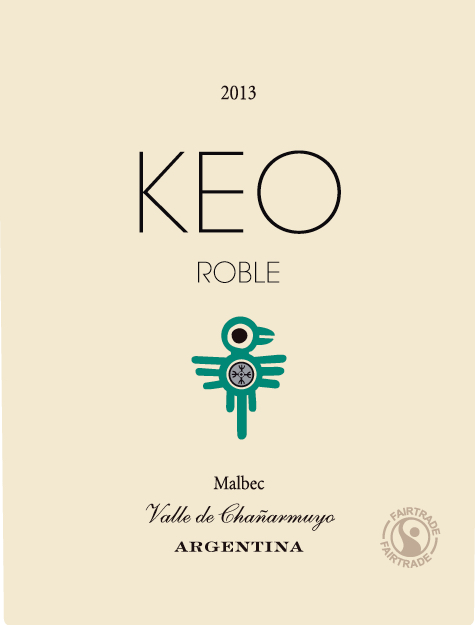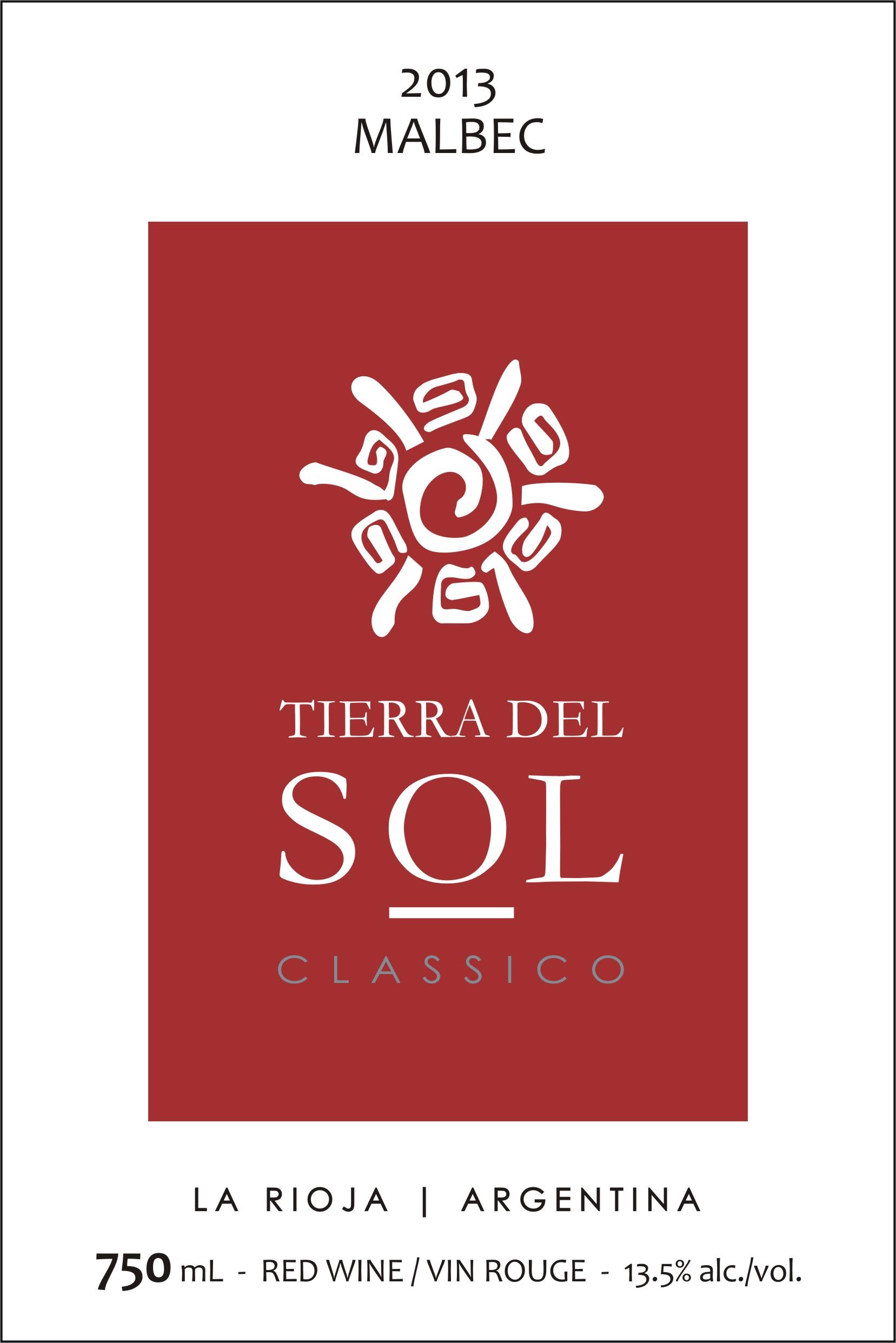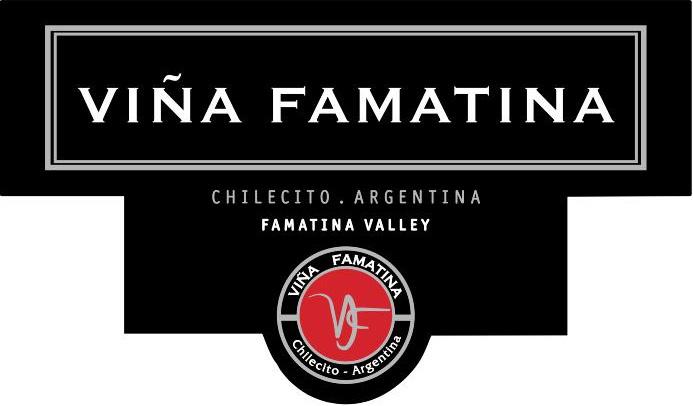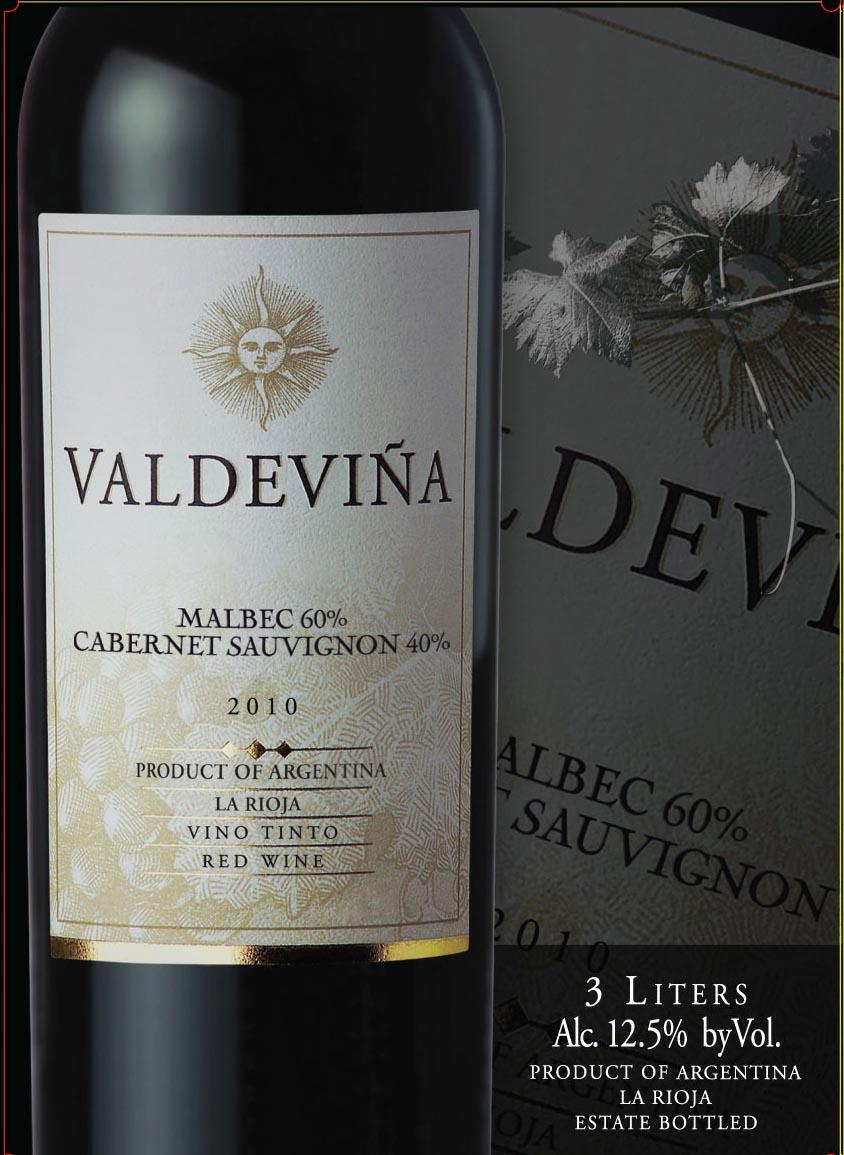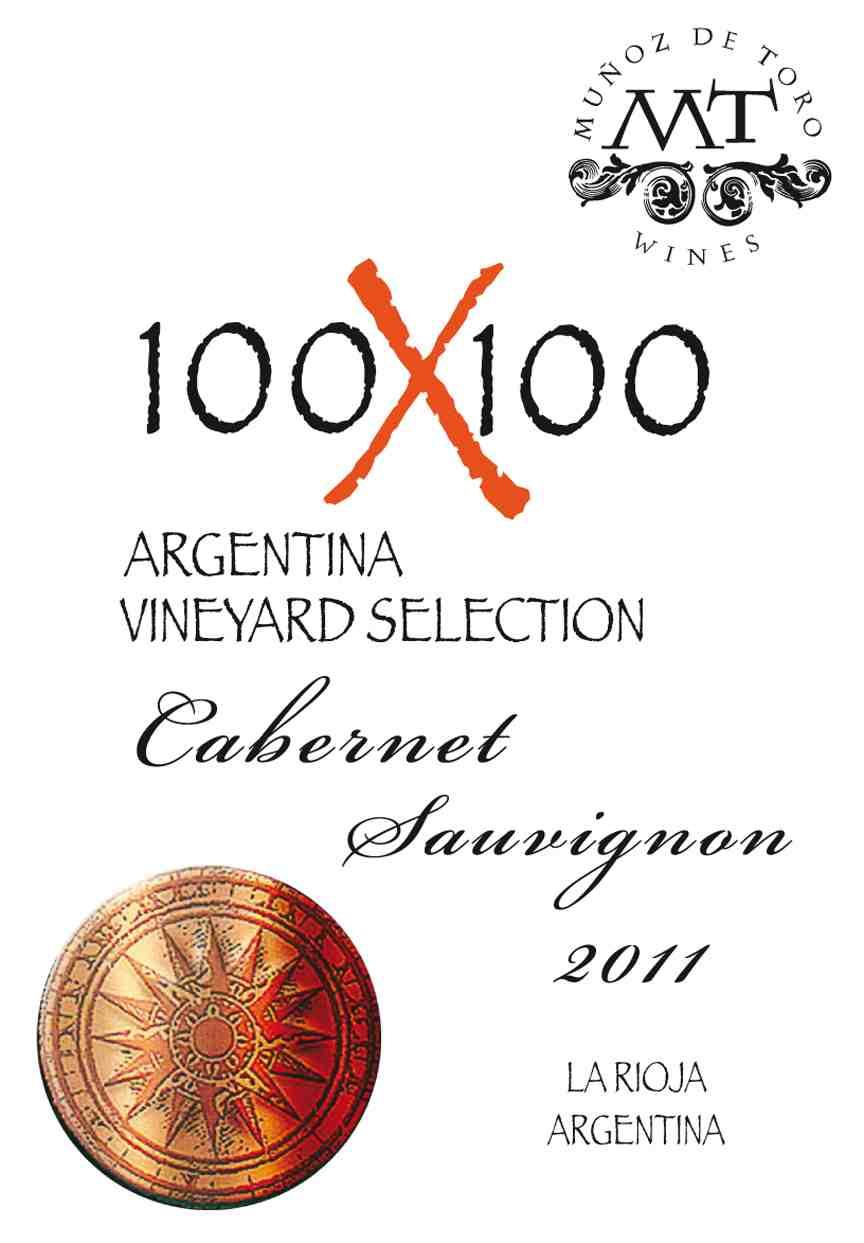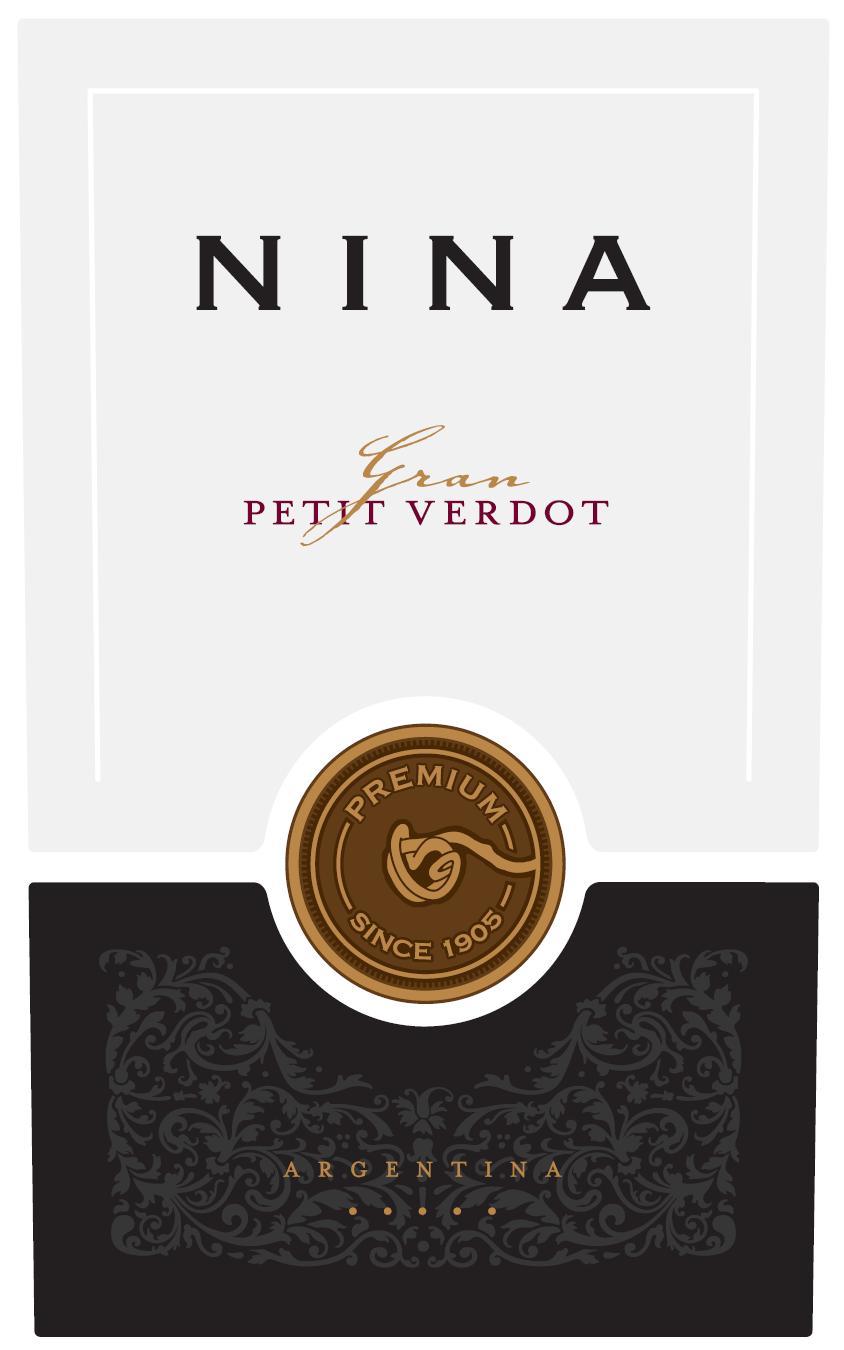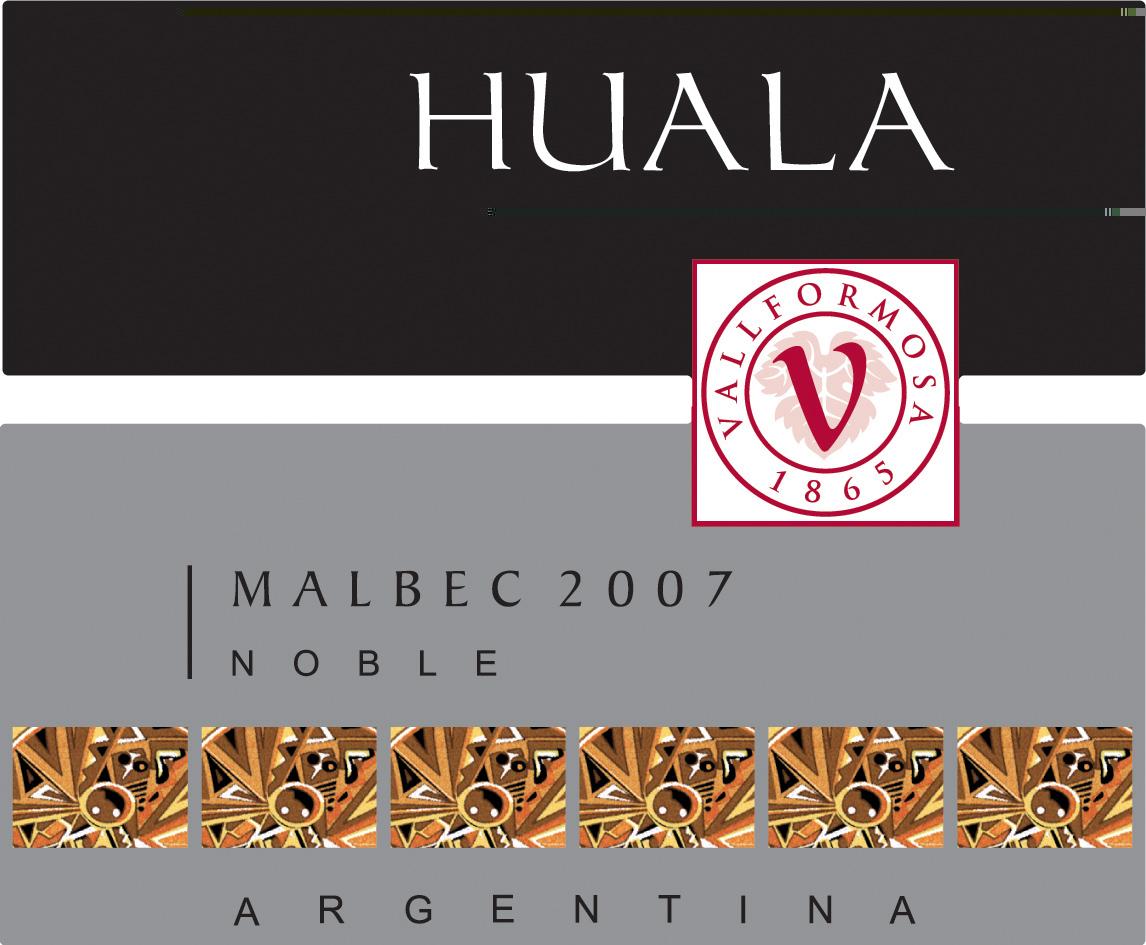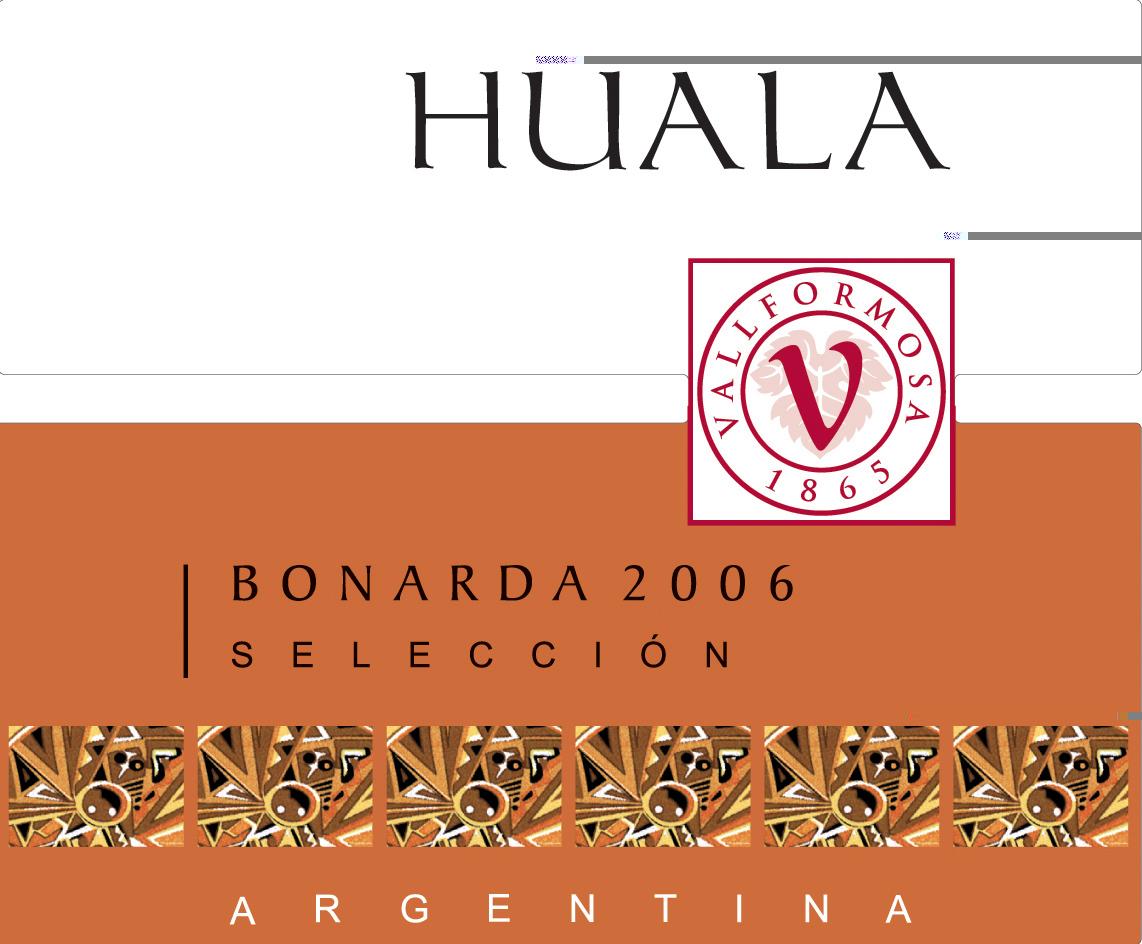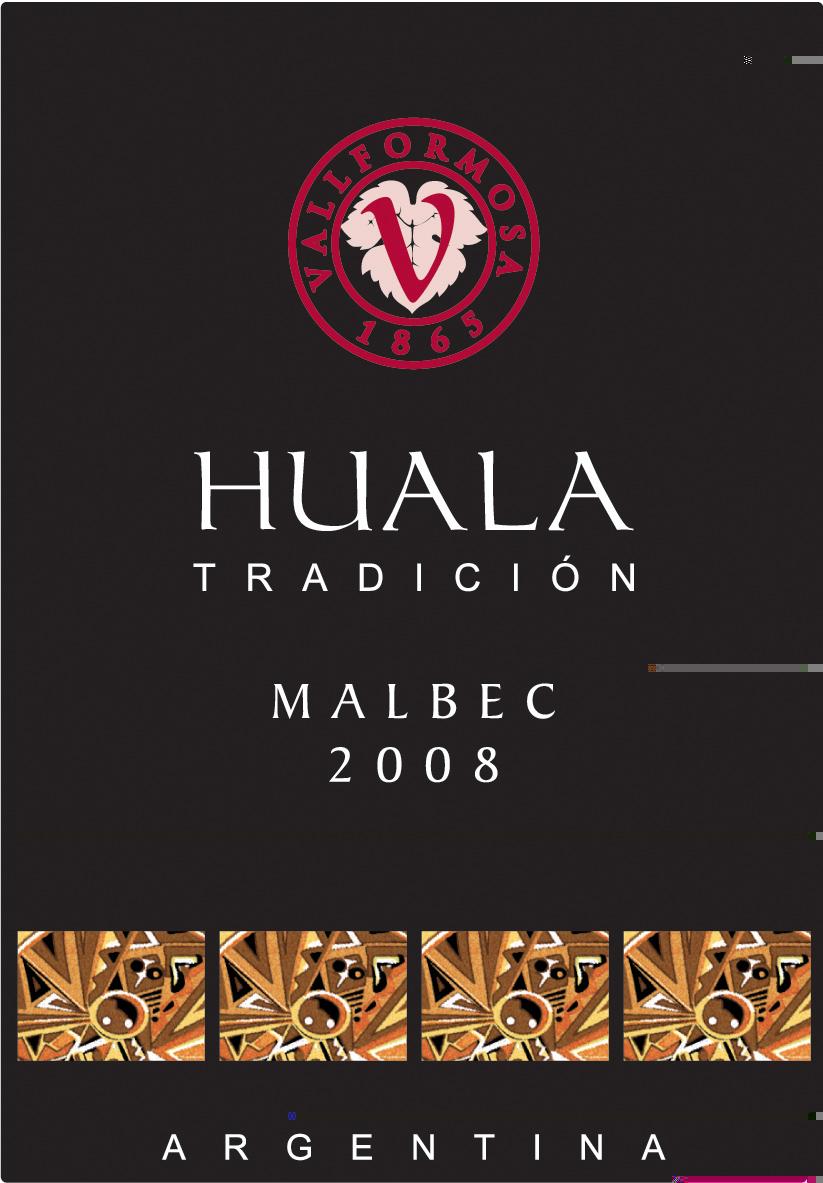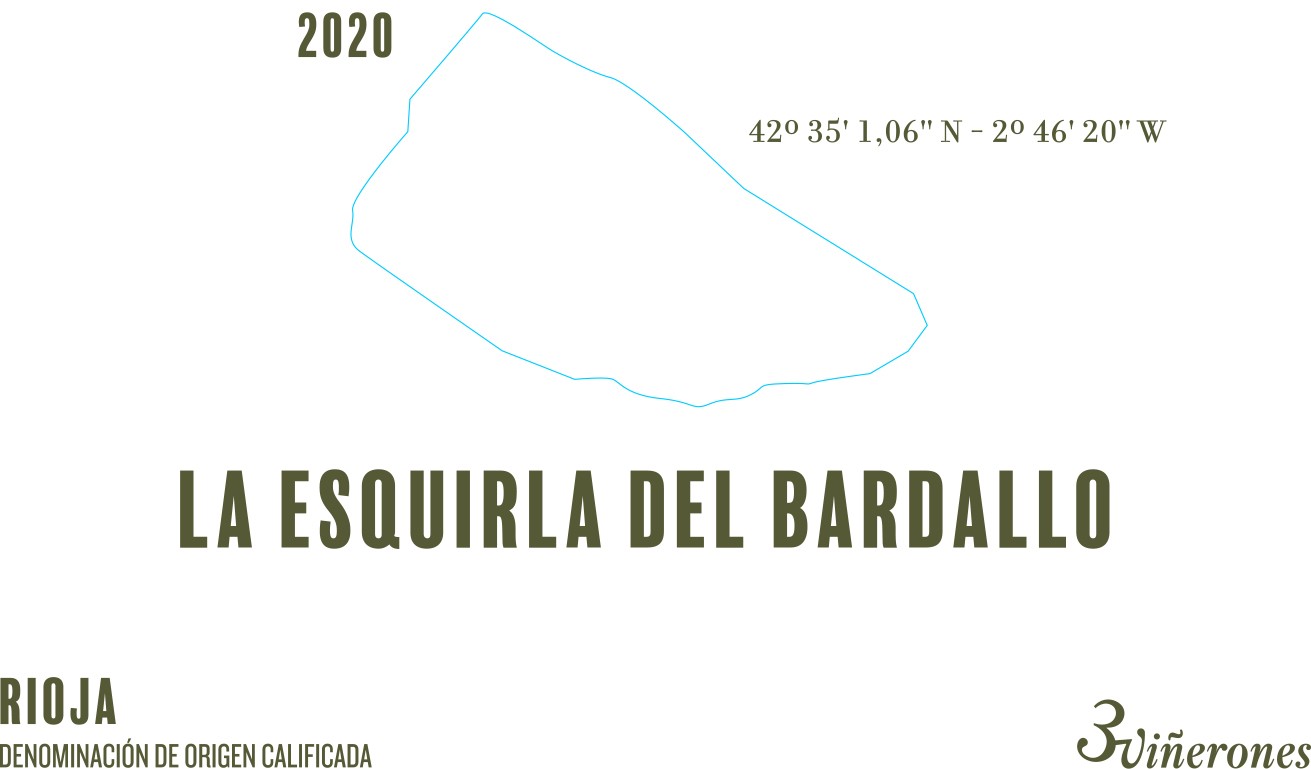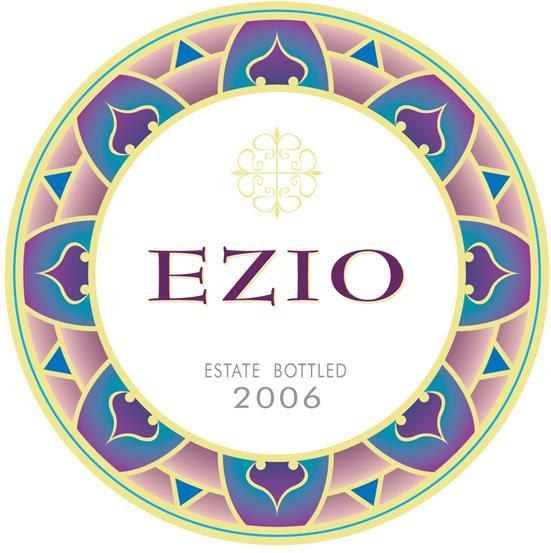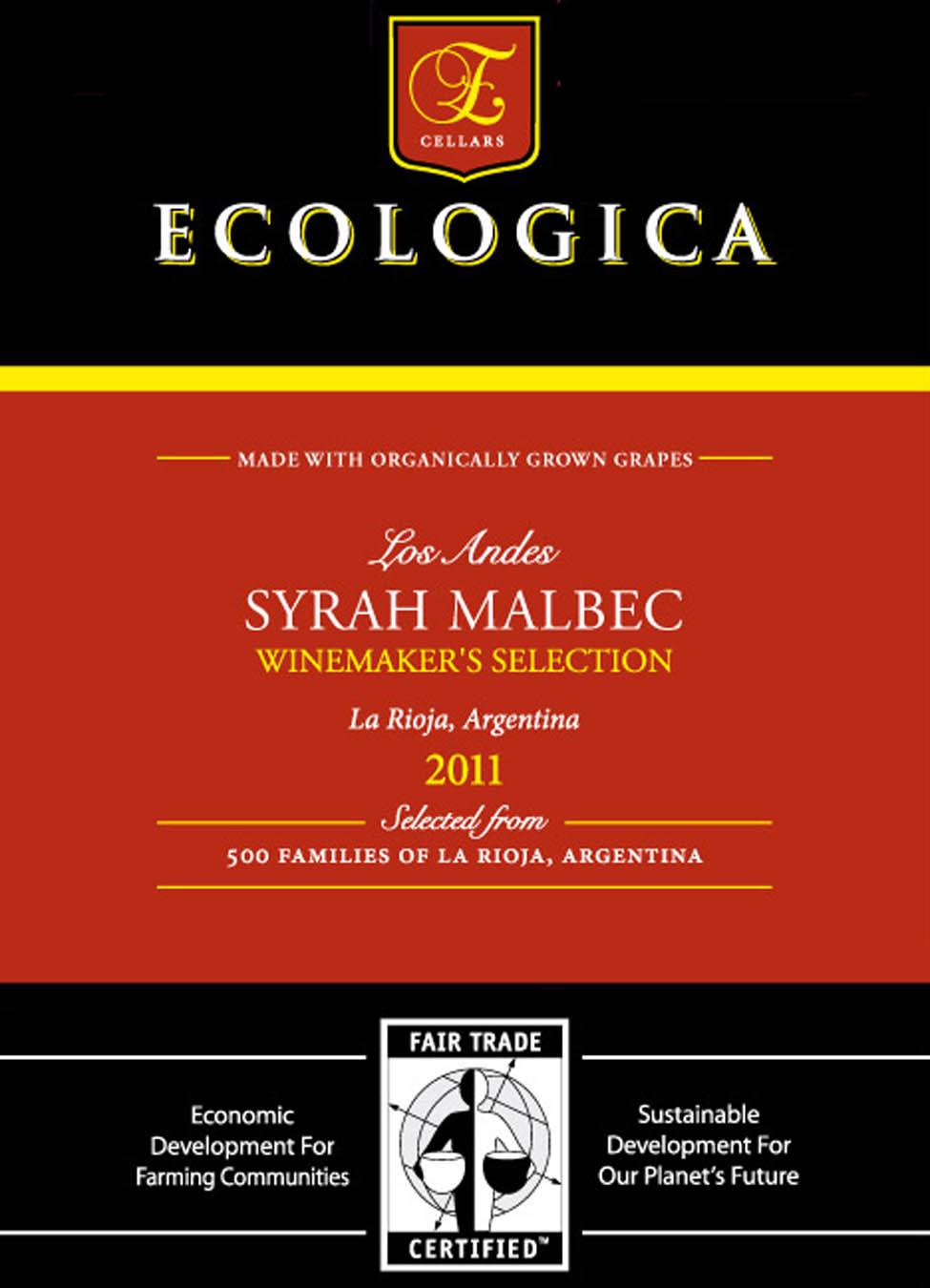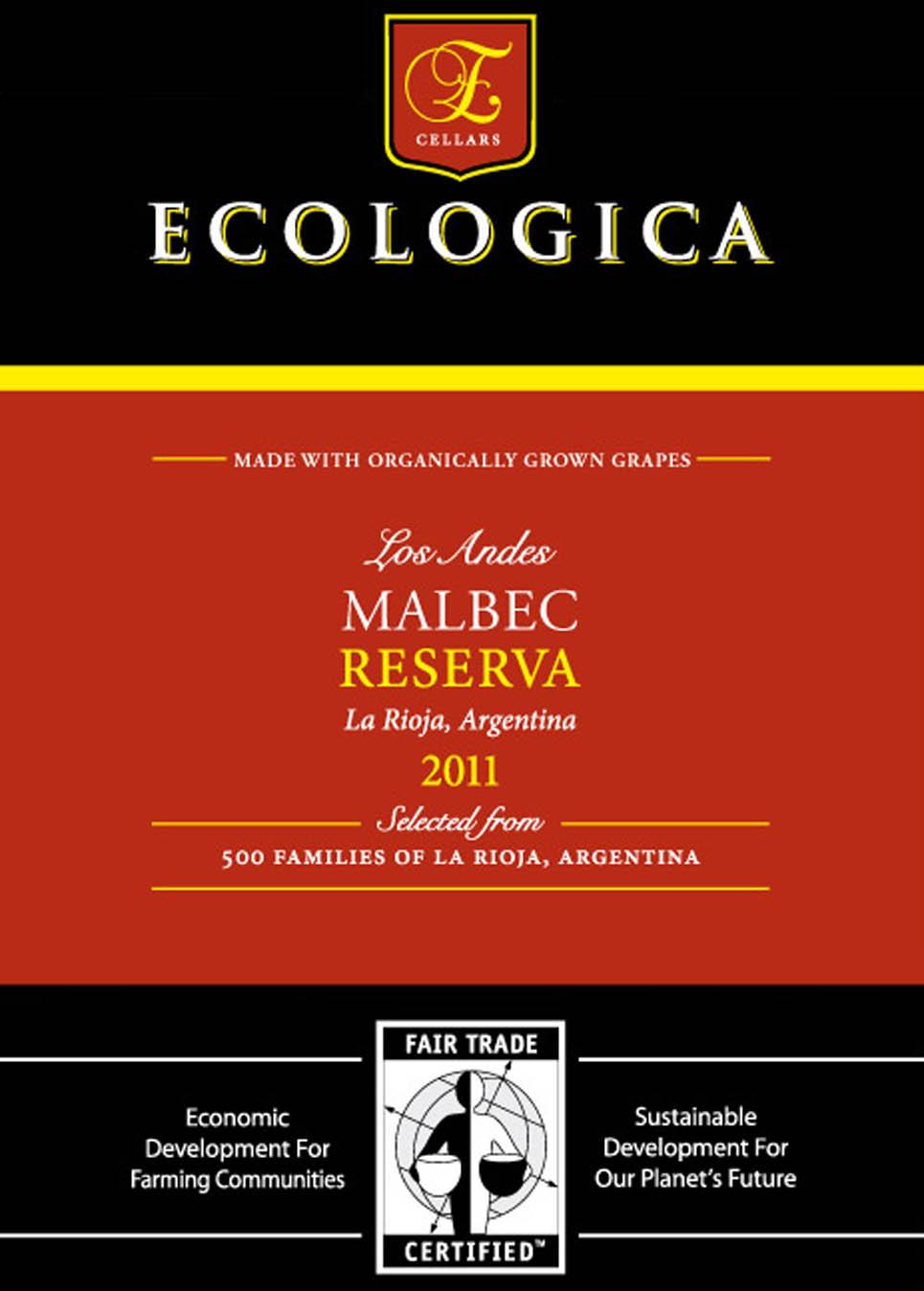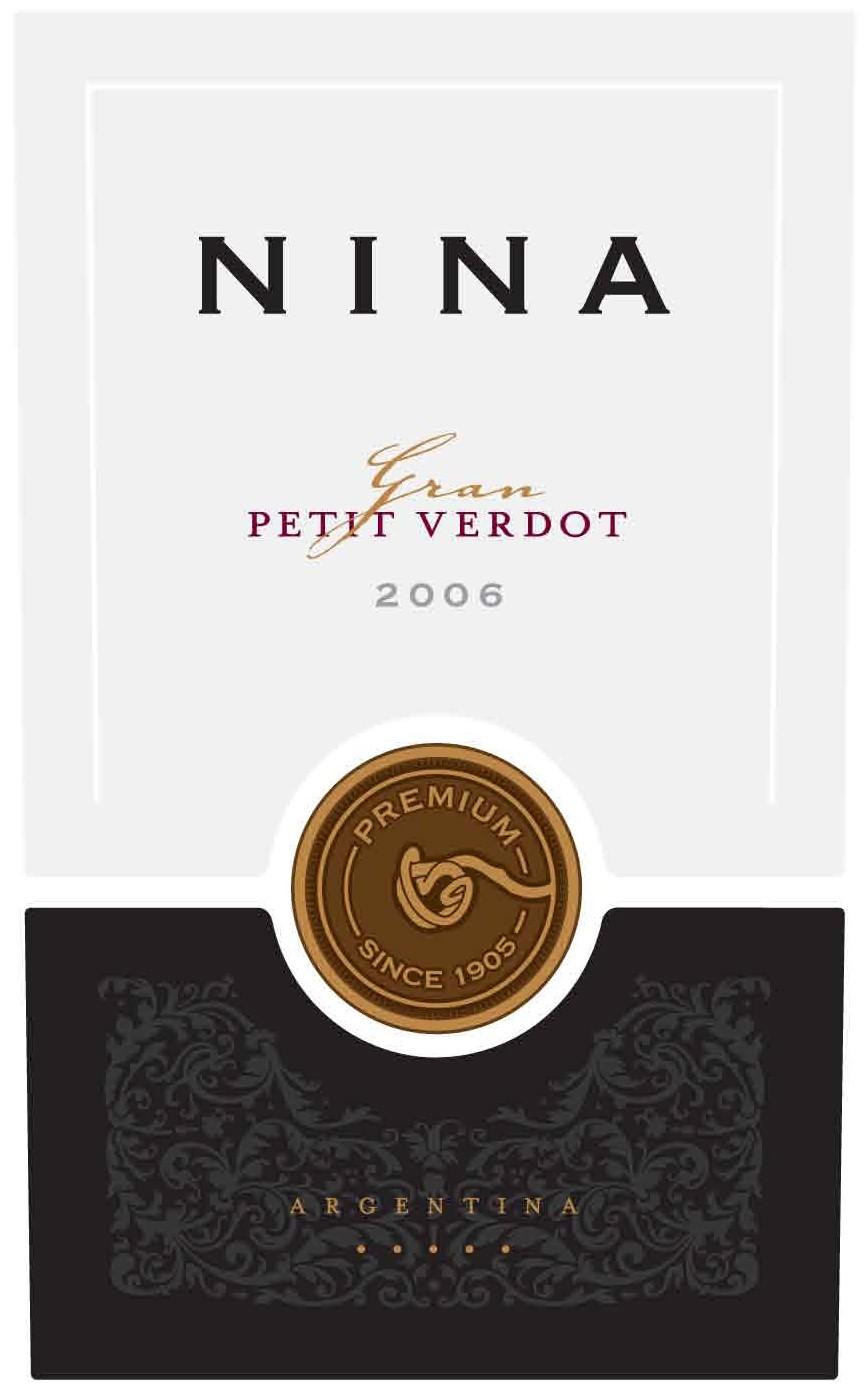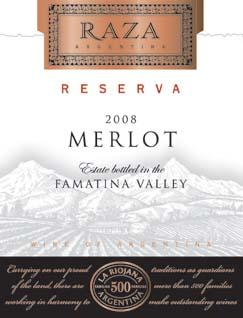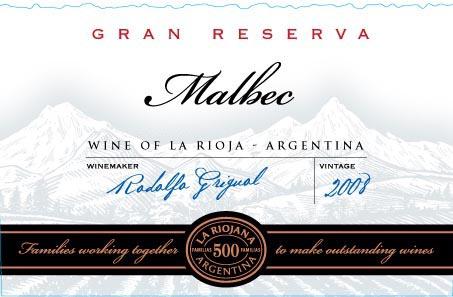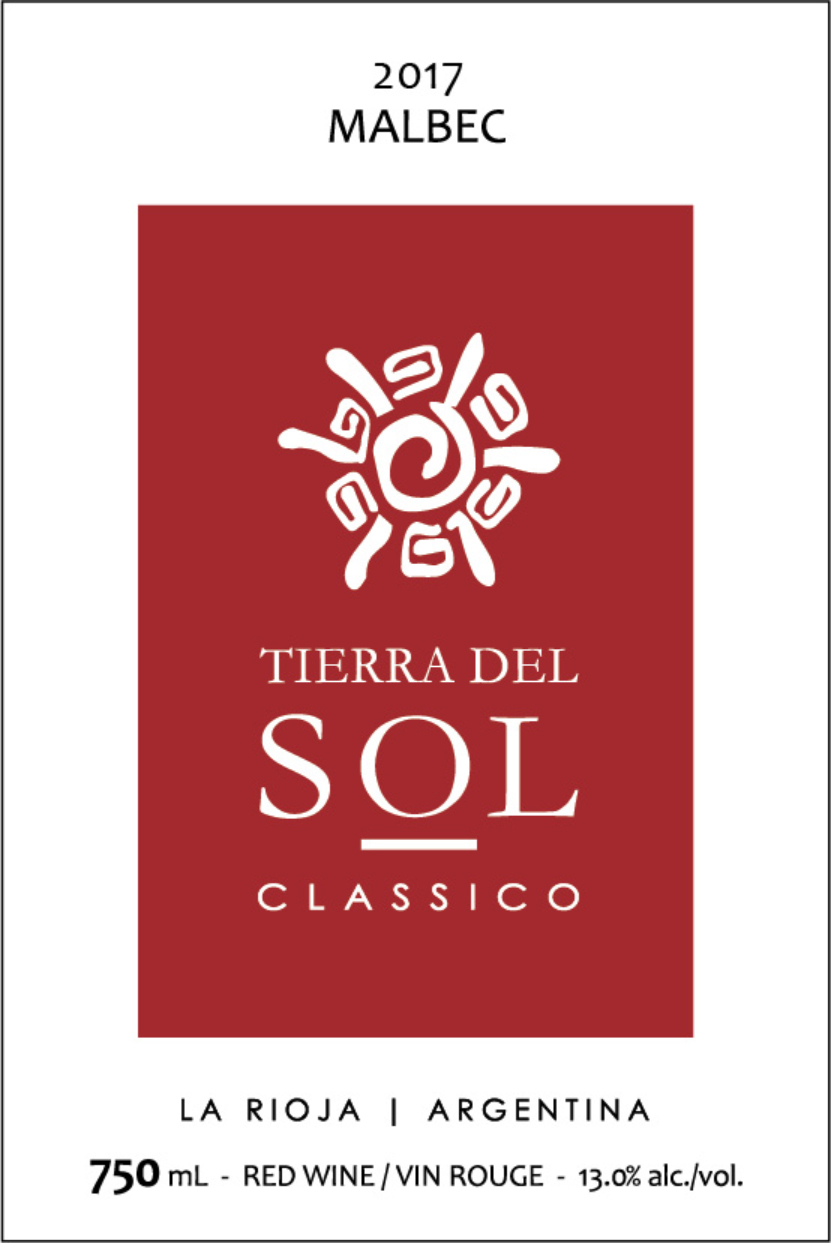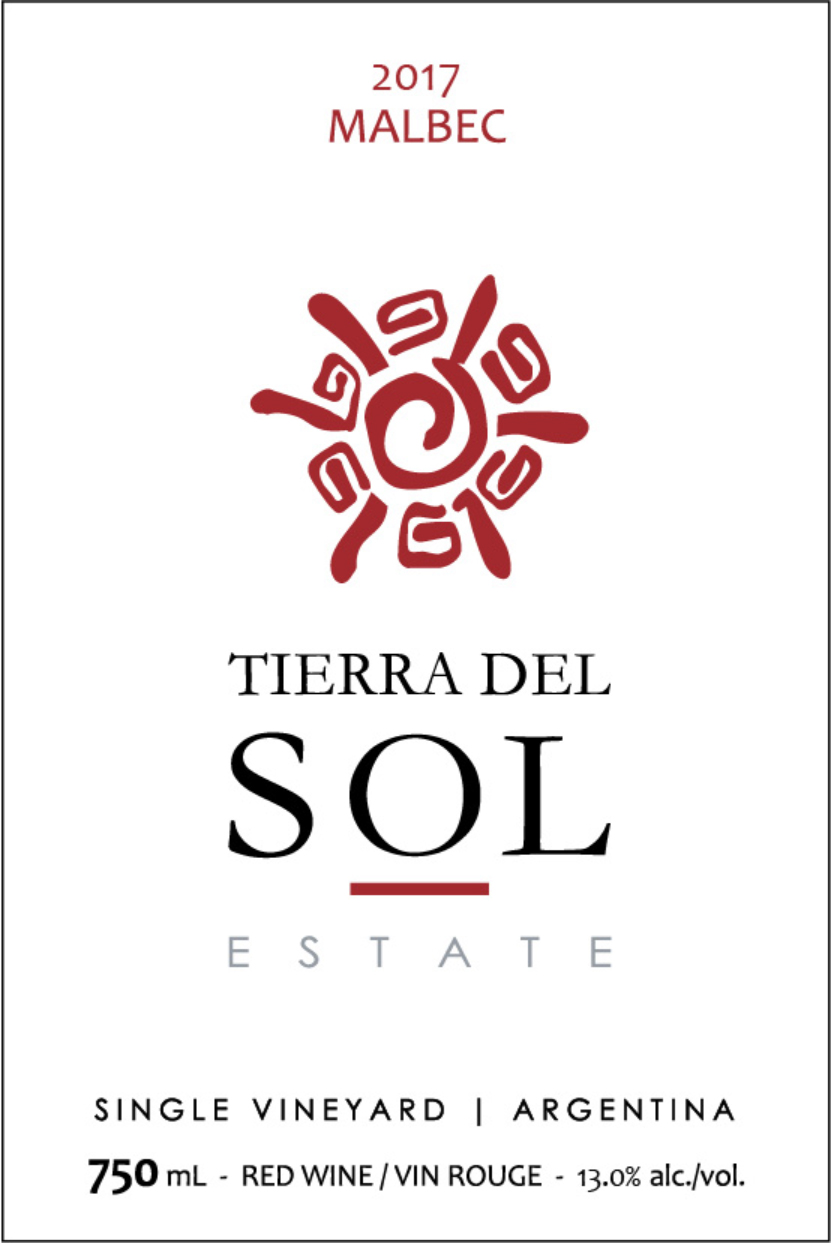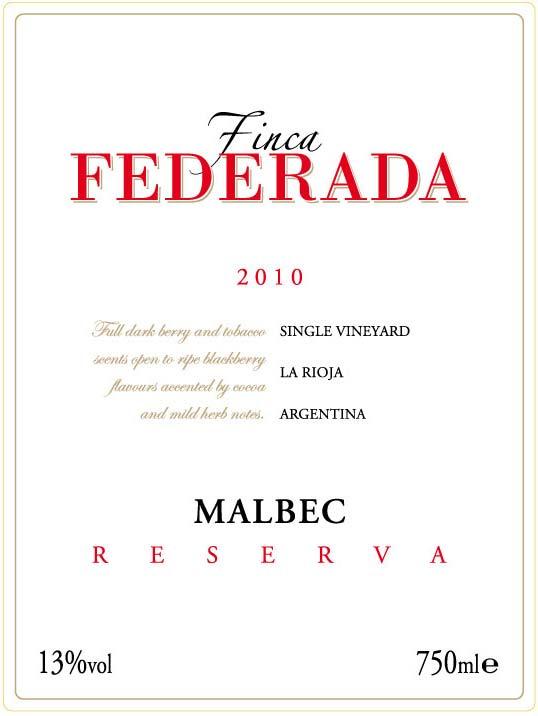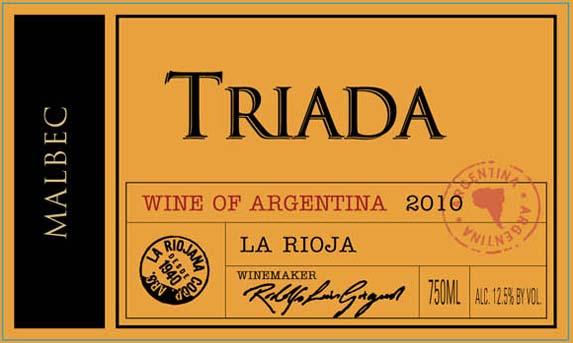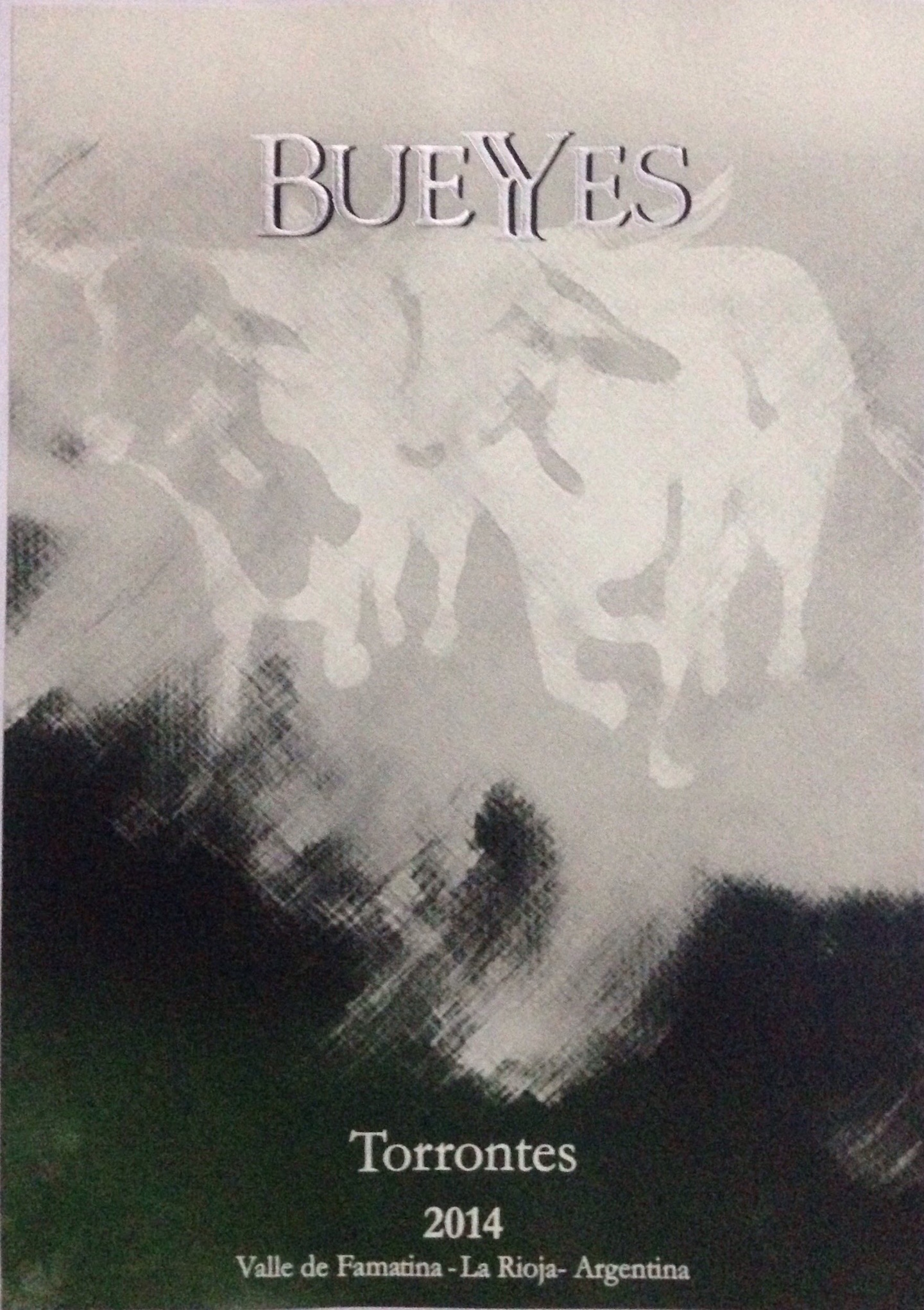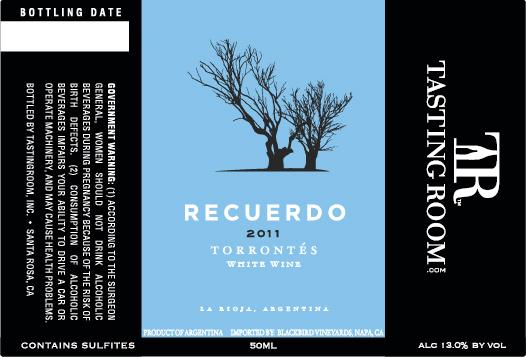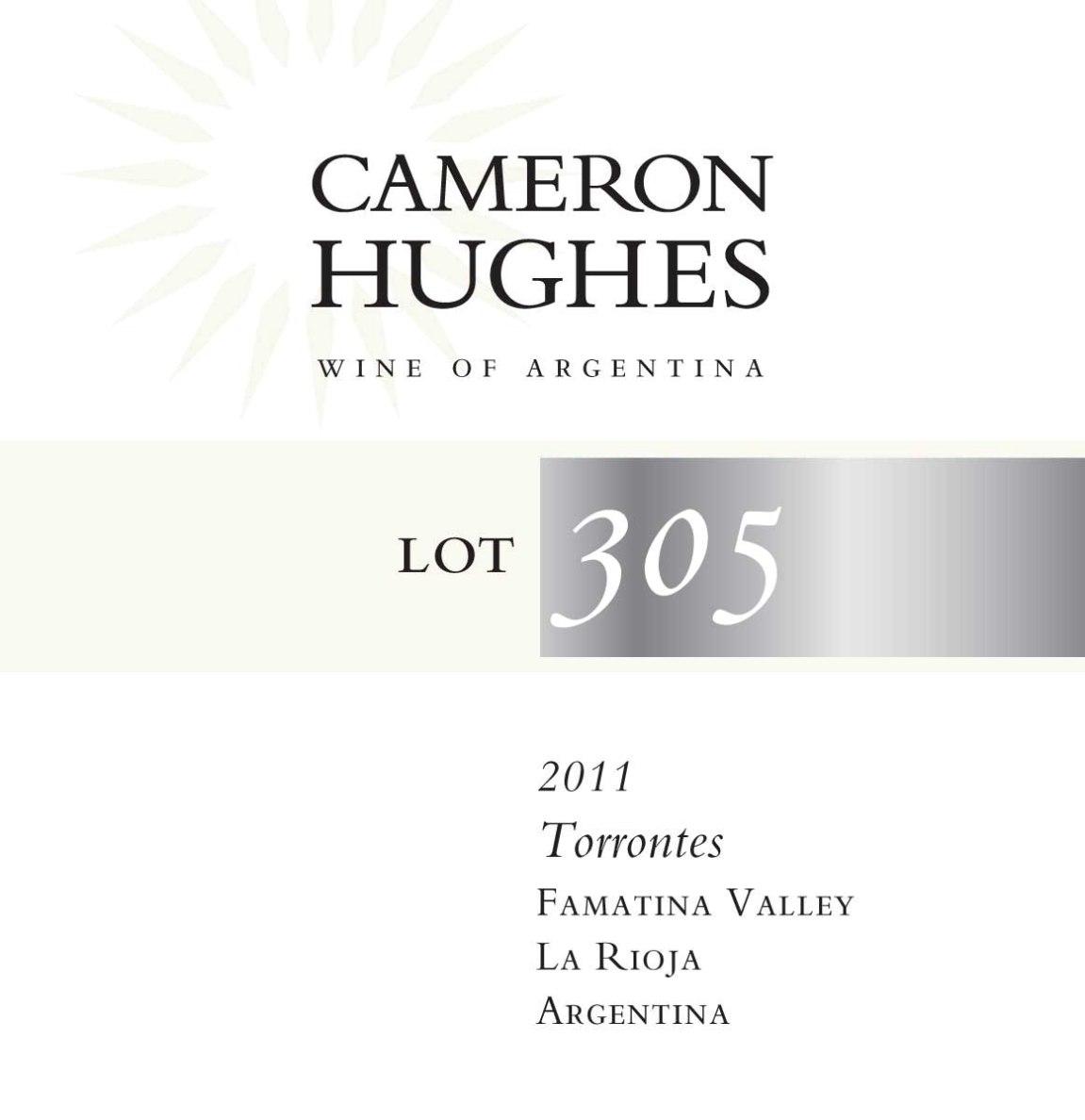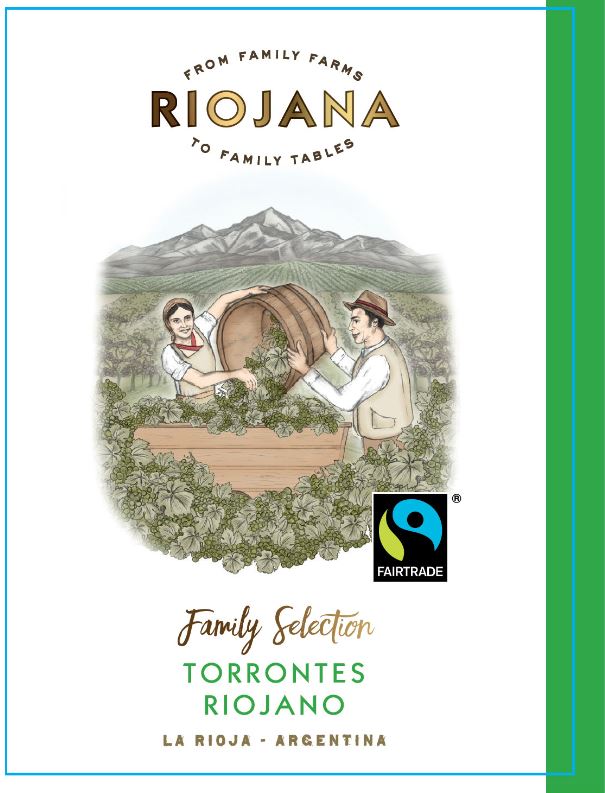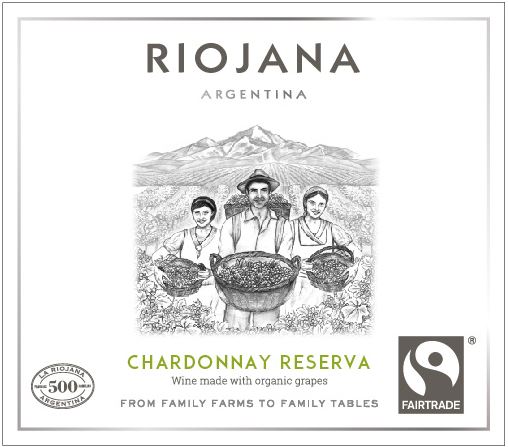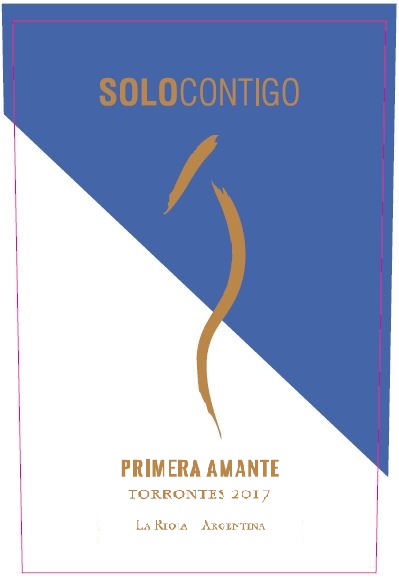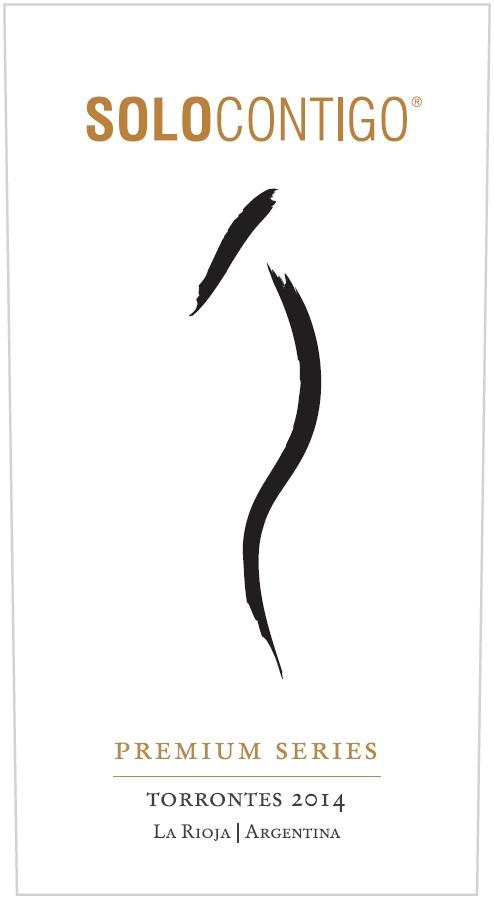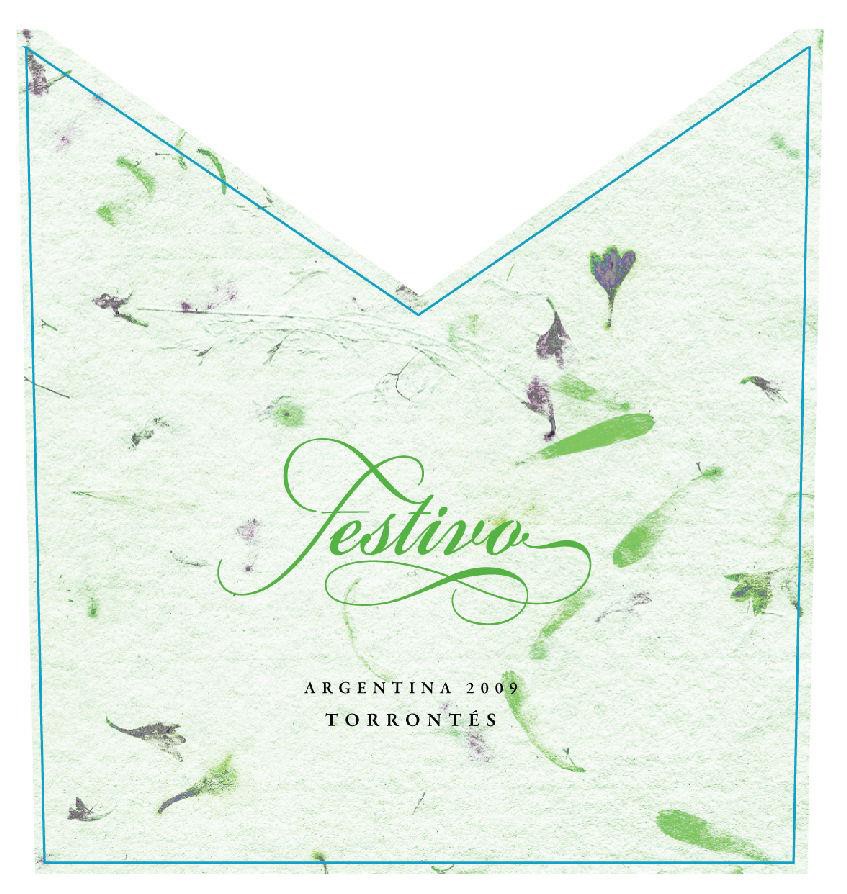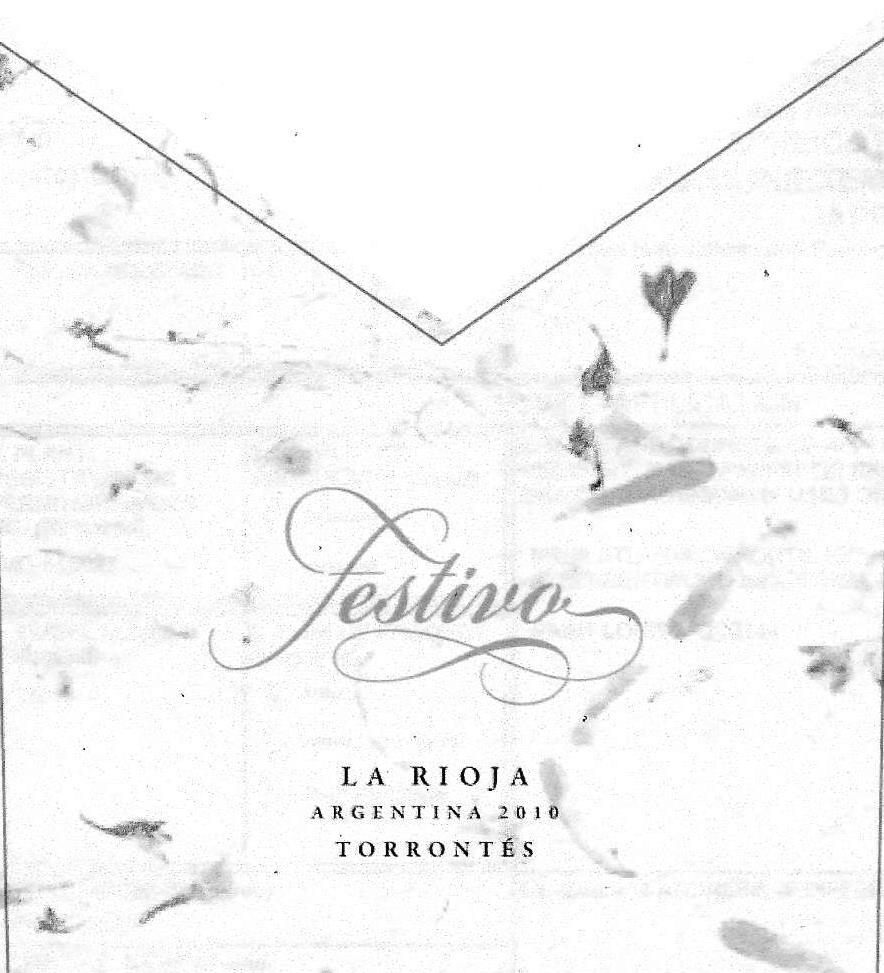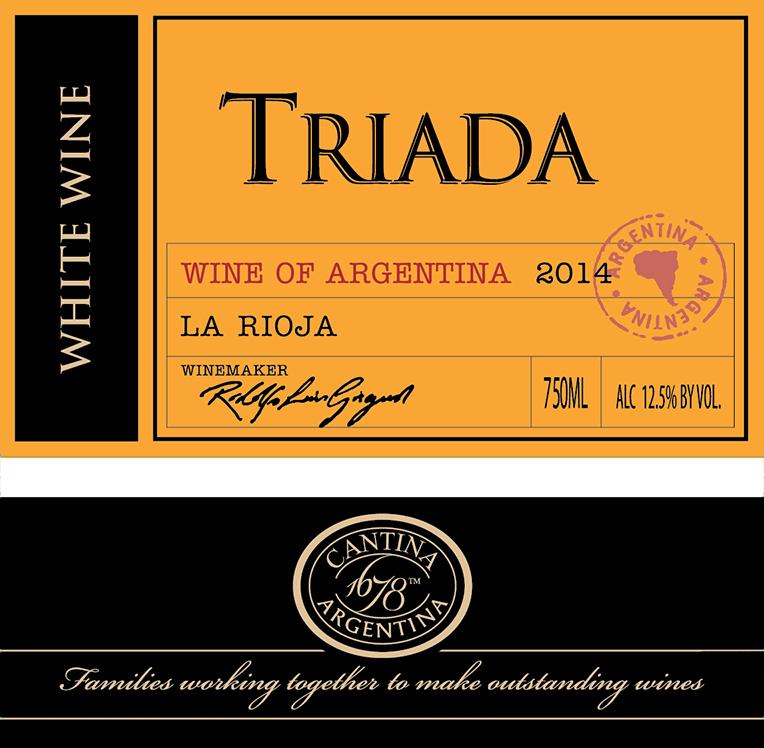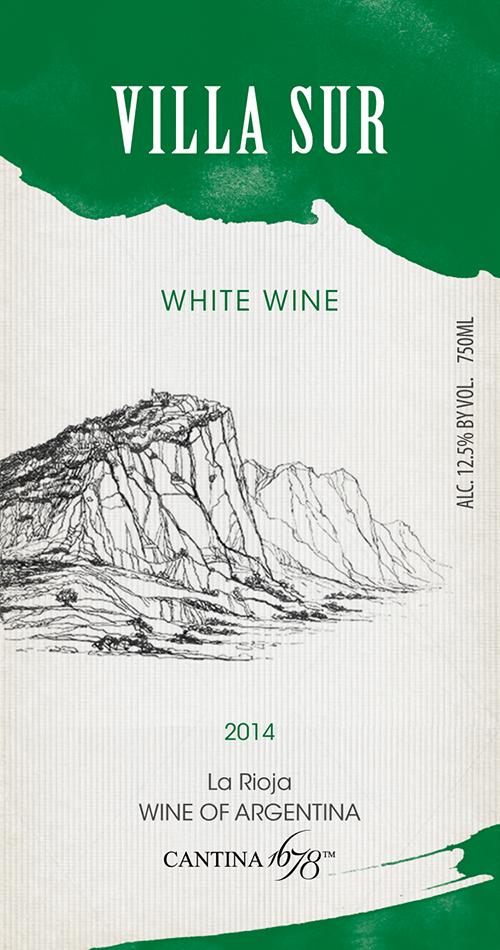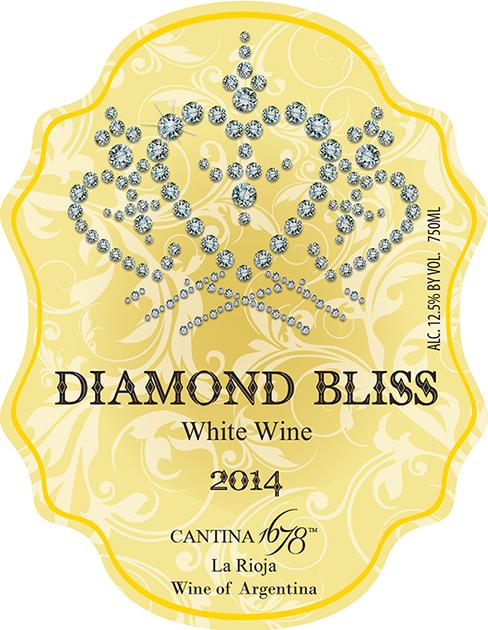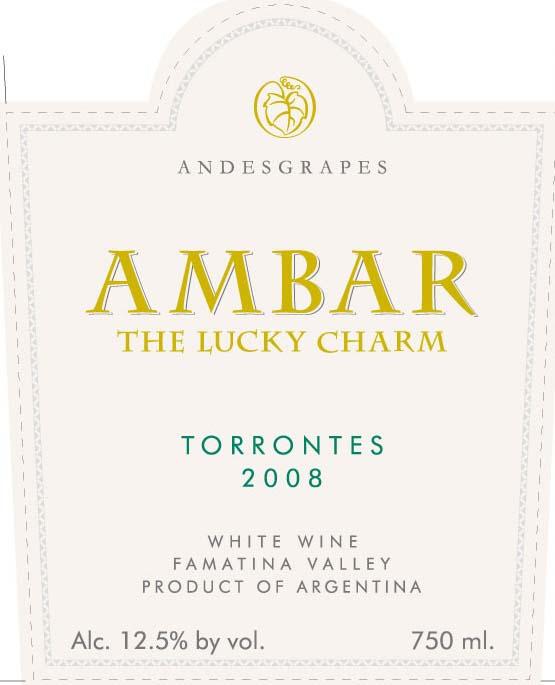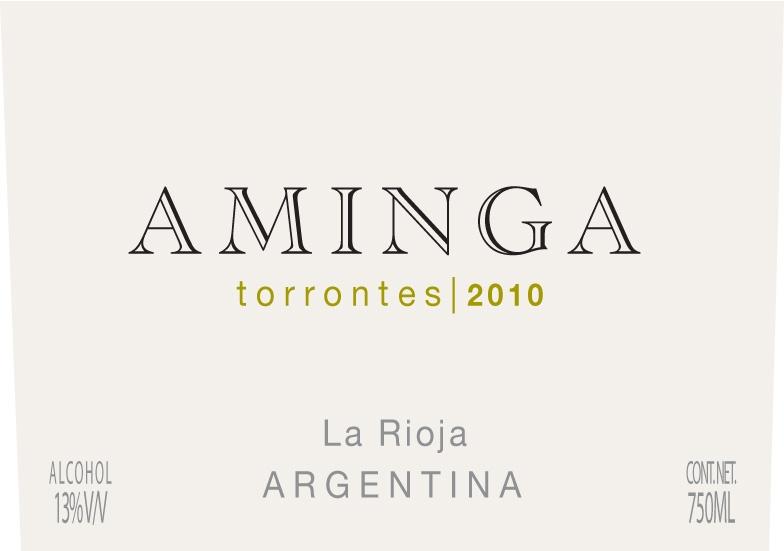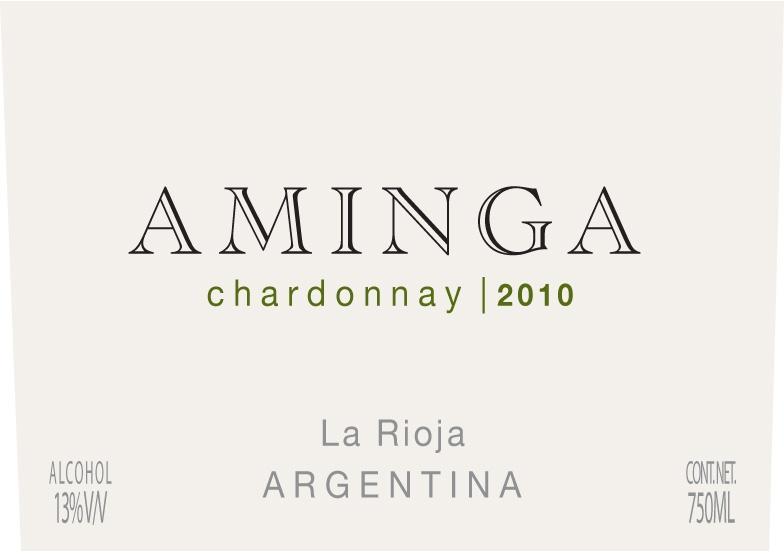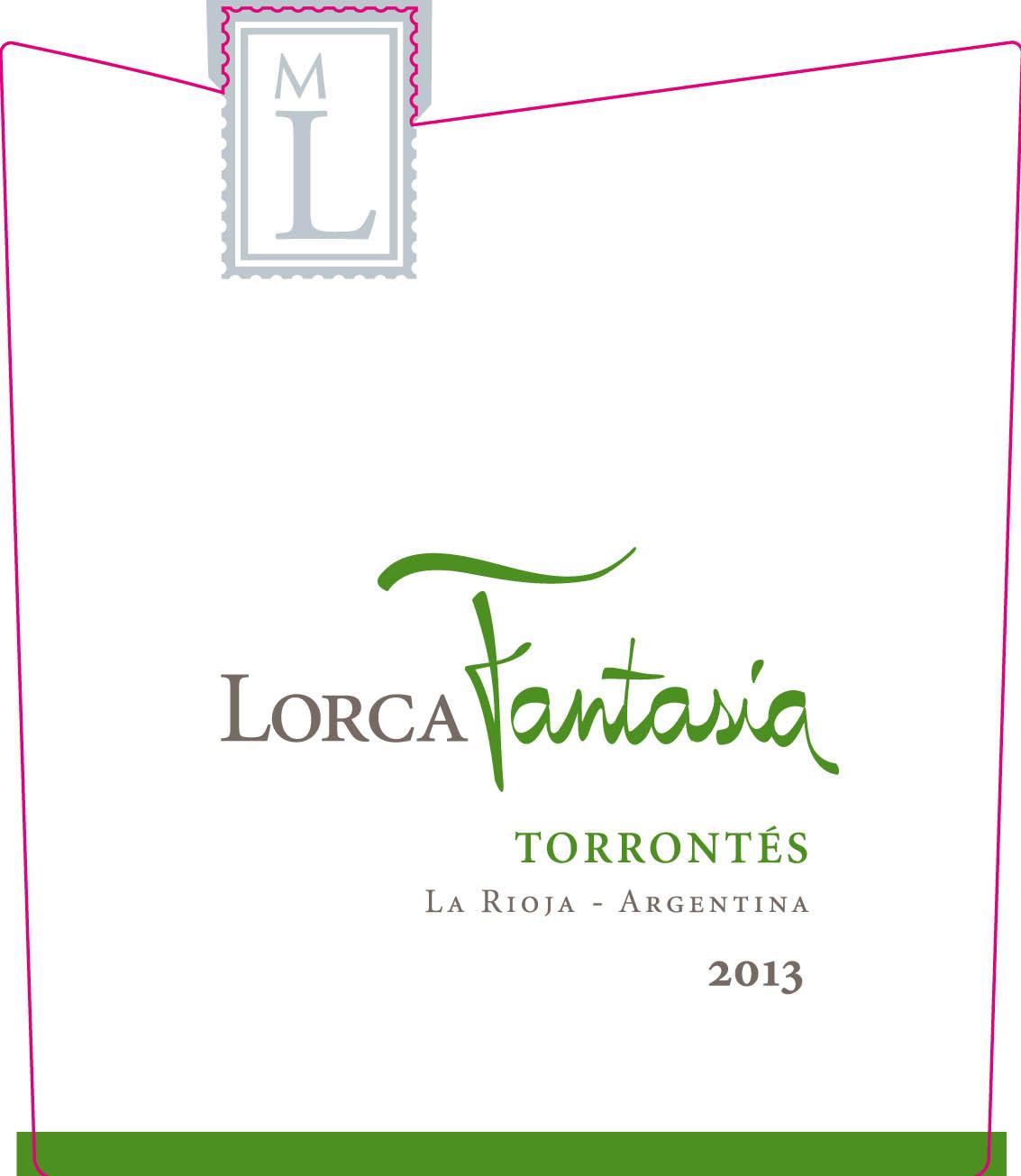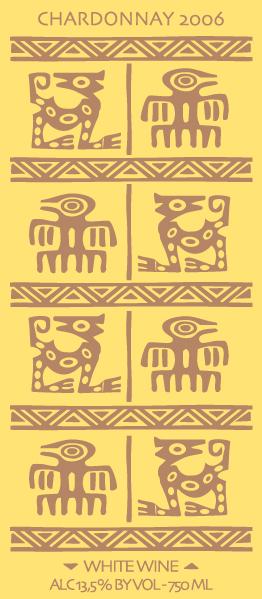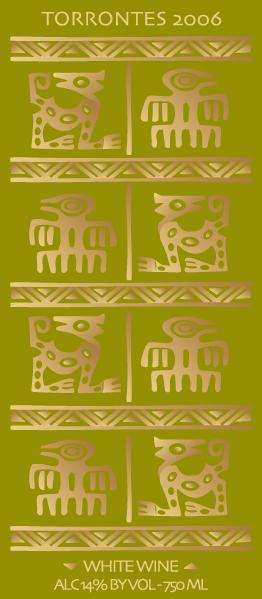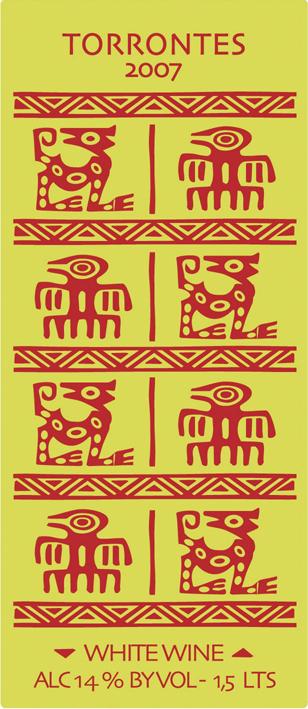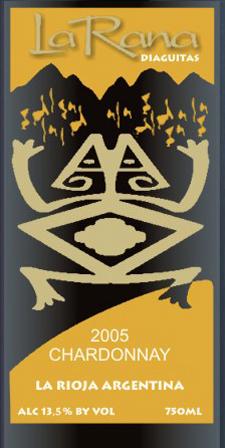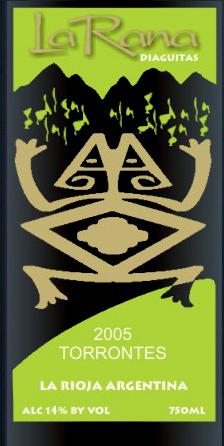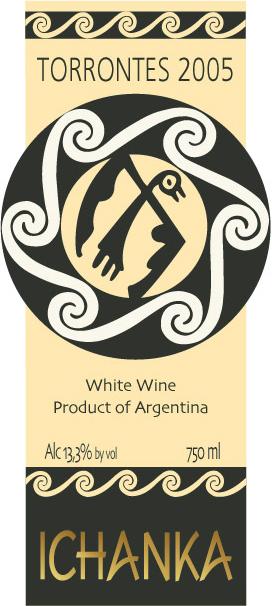Terroir of La Rioja
La Rioja's unique climate and location in the Andean foothills create perfect conditions for vineyards. Here, vines thrive in an arid environment with only about 200 mm of rain annually, mostly in summer. Hot days and cool nights help grapes ripen well, boosting both flavor and acidity.
The vineyards sit at altitudes from 800 to 1,500 meters, where cooler temperatures and more UV light enhance the vibrant colors and aromas of wines like Torrontés Riojano and Malbec. The young, sandy, gravelly, and silty soils are low in fertility, concentrating flavors in the grapes. Subregions such as Valle de Chilecito and Valle de Famatina have unique climates. Chilecito’s intense sun and dryness produce ripe fruit, while Famatina offers fresher, more mineral wines.
Notable Wineries in La Rioja
La Rioja's wine landscape is dotted with notable wineries that reflect the region's rich history and unique terroir. Here are some highlights:
-
Bodega Chañarmuyo: A family-run gem celebrated for its Torrontés and Syrah, this vineyard thrives in high-altitude settings. The modern cellars produce wines that capture the floral essence of Torrontés and the bold spice of Syrah.
-
Cooperativa La Riojana: One of the region’s largest cooperatives, it blends tradition with technology. Gathering grapes from small farms, they offer a variety of wines, including Torrontés, Malbec, and Cabernet, crafting high-quality reserve options.
These wineries embody the spirit of La Rioja, producing wines that are a testament to the region’s climatic advantages and historical depth.
Sustainable Winemaking in La Rioja
In La Rioja, Argentina, sustainable winemaking is a growing commitment. The region's limited rainfall necessitates efficient irrigation, leading many vineyards to adopt drip systems that optimize water use. Organic and low-intervention viticulture thrives here, thanks to the dry, breezy climate that reduces the need for chemical sprays. This encourages the use of cover crops and mulches to enrich the soil and conserve moisture.
Solar power is increasingly popular due to the abundant sunshine, with wineries often composting grape waste and employing smart technologies to cut energy use. Community-focused efforts, including cooperatives and agro-tourism, support local traditions and biodiversity. These practices not only preserve the unique terroir of La Rioja but also ensure the long-term health and vitality of its wine industry.
Wine Tourism in La Rioja
La Rioja, Argentina, offers a rich tapestry of wine tourism experiences, drawing on its high-desert terroir and historical roots. Visitors can explore the Chilecito and Famatina valleys, where wineries open their cellars for tastings of Torrontés, Malbec, and Syrah. Some estates provide cozy accommodations and wine-themed packages, perfect for immersing oneself in the region's viticultural charm.
Local gastronomy complements the wine offerings, with dishes like roast goat and empanadas enhancing the tasting experience. The scenic Andean backdrop also invites outdoor activities such as hiking and biking. Notably, the region celebrates its viticultural heritage through festive harvest events and wine fairs, where music, dance, and traditional foods accompany the local vintages. These diverse offerings reflect La Rioja's commitment to sustainable practices and its vibrant cultural identity.



